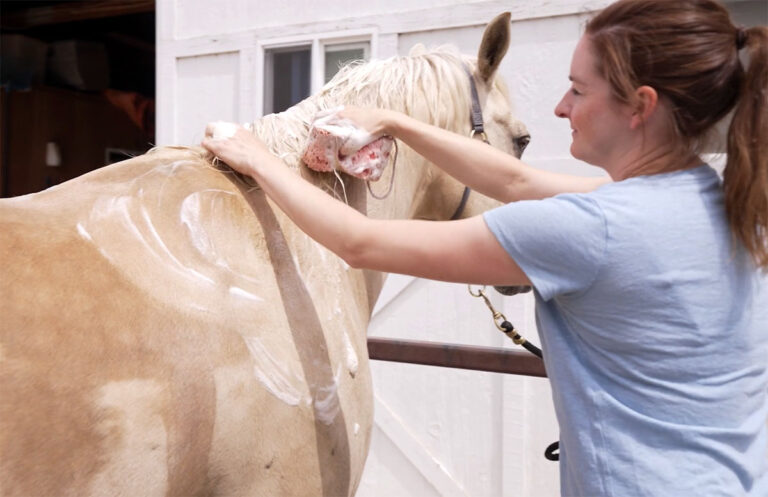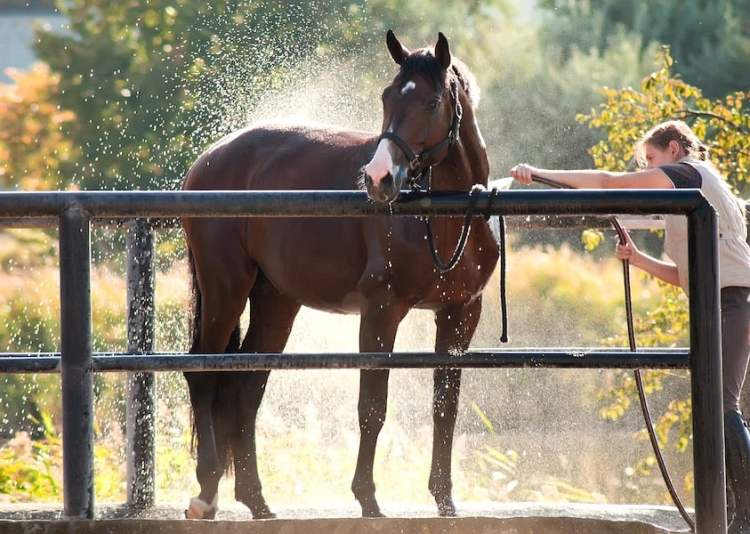A bridle is an essential piece of equipment for horse riding enthusiasts. But what is a horse bridle used for exactly? For anyone new to horseback riding, understanding the function and importance of a horse bridle can greatly enhance your equestrian experience. Employing the right bridle can ensure effective communication between rider and horse, making every ride more enjoyable.
A horse bridle is primarily used for navigating and controlling a horse. It serves as a crucial connection point, allowing riders to send commands through reins that are attached to the bridle. Knowing the diverse aspects of a bridle is vital, whether you are a novice or an experienced rider. Let’s dive deeper into the fascinating world of bridles and their varied components and purposes.

Components of a Horse Bridle
The Headpiece
The headpiece, or crownpiece, rests behind the ears of the horse and serves as the primary support structure of the bridle.
The Browband
Running across the horse’s forehead, the browband keeps the bridle from sliding backward and ensures it remains securely in place.
The Noseband
The noseband wraps around the horse’s nose, providing some control over the horse’s head and helping to keep the horse’s mouth closed.
The Reins
Reins are attached to the bridle and function as a direct line of communication between the rider’s hands and the horse’s mouth, enabling steering and stopping.
Types of Horse Bridles
Snaffle Bridle
The simplest and most common type of bridle, ideal for beginners. It achieves control through direct pressure.
Double Bridle
Used primarily in advanced dressage, it allows for refined control with two sets of reins.
Western Bridle
Designed specifically for Western riding, often lacks a noseband and features a different style of bit.
The Significance of a Well-Fitting Bridle
A welling-fitting bridle is crucial for the comfort and performance of the horse. An ill-fitting bridle can cause discomfort and impede communication.
Signs of Proper Fit
The bridle should sit smoothly without pinching, and the browband should not be too tight.
The Importance of Regular Maintenance
Regular cleaning and maintenance ensure that a bridle remains functional and comfortable for the horse. How to clean riding gear
How Bridles Facilitate Communication Between Horse and Rider
Bridles enable subtle communication, such as steering, pausing, and transitioning between gaits, enhancing the partnership between horse and rider. Groundwork exercises
Role in Training
Different bridles can assist in various training techniques, helping to develop desired behaviors.
Aids for Safety and Control
A secure bridle increases rider control, ensuring both the safety of the rider and the horse.
Bridle Materials and Their Advantages
Bridles are crafted from a variety of materials, each offering unique benefits catered to specific riding requirements.
Leather
Traditional and durable, leather bridles are favored for their aesthetic appeal and long-term resilience.
Synthetic
Lighter and more affordable, these are easy to maintain and ideal for casual riders.
Conclusion
Understanding what a horse bridle is used for is vital for any horse enthusiast. This integral piece of equipment enhances communication and ensures a safe and enjoyable riding experience. Regardless of the discipline you pursue, selecting the right bridle tailored to both horse and rider can make all the difference.

FAQ
Why is a bridle important for horse riding?
A bridle facilitates effective communication and control over the horse, forming an essential link between horse and rider.
What are the signs of a poorly fitting bridle?
If the browband pinches or the headpiece does not sit comfortably behind the ears, adjustments may be needed to ensure fit.
How do beginners choose the right type of bridle?
Beginners should prioritize comfort and simplicity, often starting with a basic snaffle bridle until their skills and needs evolve.








